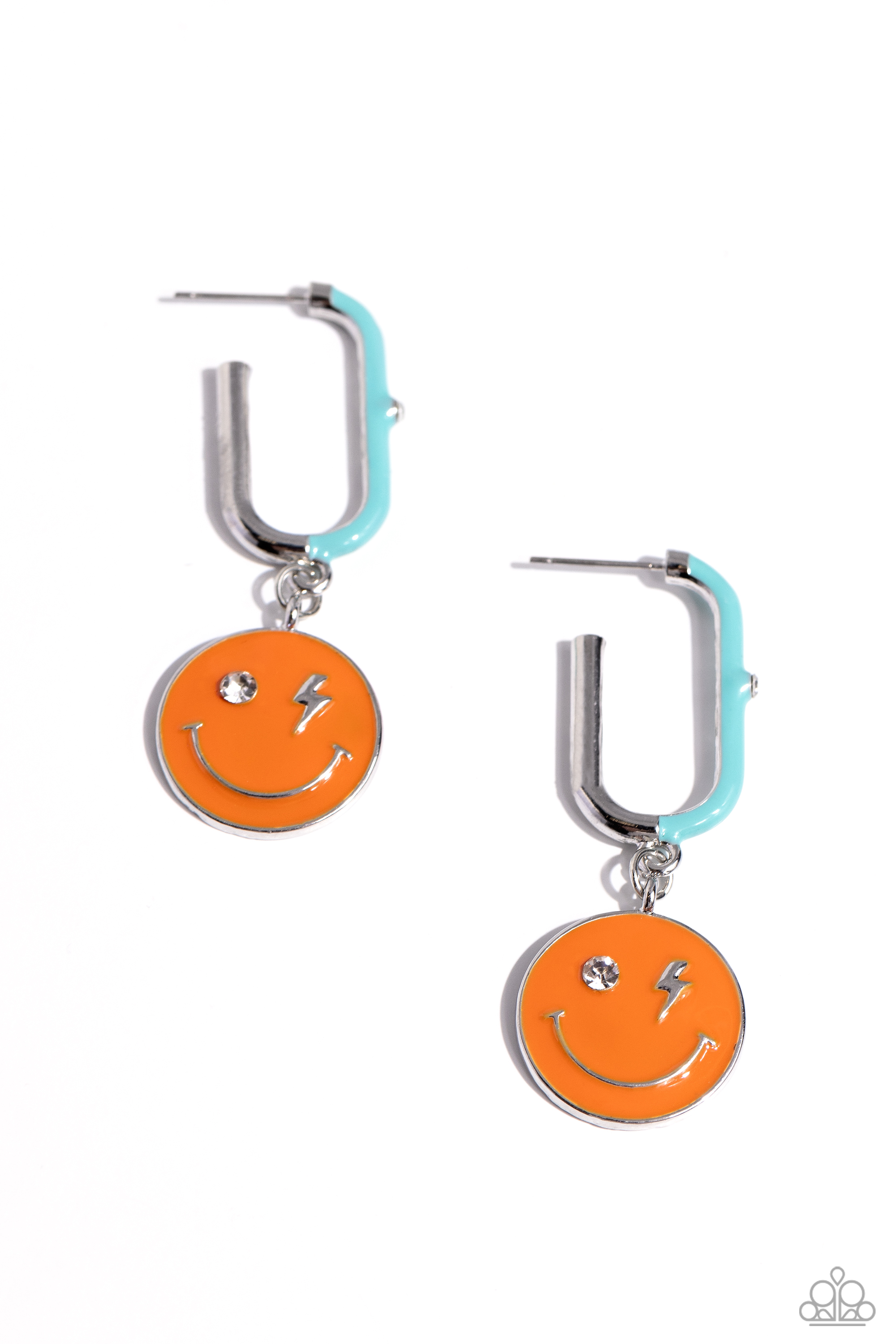Detail Author:
- Name : Anthony Lesch
- Username : alverta.dare
- Email : lacey.beahan@mante.com
- Birthdate : 1975-10-10
- Address : 25965 Hyatt Corners Suite 542 Kenyattastad, TX 06521
- Phone : 304.309.9512
- Company : Abbott Inc
- Job : Skin Care Specialist
- Bio : Molestiae voluptatem ullam ad ut accusamus natus. Iure quasi voluptatibus nobis explicabo eum. Vero fuga qui sit quia. Qui ducimus voluptatem ullam qui consequatur labore quia.
Socials
linkedin:
- url : https://linkedin.com/in/leschk
- username : leschk
- bio : Nam amet sit hic non omnis qui.
- followers : 1861
- following : 1348
instagram:
- url : https://instagram.com/klesch
- username : klesch
- bio : Ea rem omnis voluptates non. Debitis dolorem rerum eum dolores harum. Velit non fuga non similique.
- followers : 2972
- following : 2416
tiktok:
- url : https://tiktok.com/@kaley.lesch
- username : kaley.lesch
- bio : Optio similique aperiam sit eligendi tenetur illum iste quae.
- followers : 4795
- following : 1244
twitter:
- url : https://twitter.com/kaley_lesch
- username : kaley_lesch
- bio : Aperiam nulla autem est sint. Quibusdam ipsa quia dolorem quasi magnam. Veritatis quis perferendis saepe non sunt quos et omnis.
- followers : 6186
- following : 22
facebook:
- url : https://facebook.com/klesch
- username : klesch
- bio : Qui illum molestiae quo ullam. Sint consectetur ut expedita in.
- followers : 6840
- following : 1125
Have you ever stopped to think about all the little bits of information tucked inside a simple picture? It’s pretty amazing, really, how much a single snap can hold, not just the image itself, but also a whole story about when and where it came to be. We often just point and click, maybe share it with friends or family, and that’s that, yet there's so much more happening behind the scenes with every single image we make or come across.
When you look at a photo, it’s not just a flat image; it’s a collection of tiny details, like a million little dots of color all working together to show you something. People might take pictures of all sorts of things, from daily life to special occasions, and each one, in a way, captures a moment in time. This idea of capturing moments, sometimes without permission, is sort of like what we think of when we hear the term photo paparazzi, where pictures are taken and then shared widely, perhaps revealing more than intended.
So, too it's almost, as we look at how pictures are made and used, we start to see that every photo has a kind of digital fingerprint. Whether it’s a quick shot of your notes for studying or a picture of a pet, these digital images carry data. This information helps us understand how photos are put together, how they travel, and what they might tell us, even when we don't mean for them to.
Table of Contents:
- What Makes a Picture a Picture?
- How Do Digital Photos Store Information?
- Taking and Transforming Your Photo Paparazzi
- What Kinds of Data Are in Your Photo Paparazzi Files?
- Sharing Your Pictures- The Modern Photo Paparazzi Effect
- Why Does Photo Data Matter to You?
- When Does a Picture Become More Than Just a Picture?
- Getting Your Pictures Ready for the World
What Makes a Picture a Picture?
A picture, at its heart, is a way of holding onto a moment. Think about it, you know, a photo is essentially light frozen in time. When we talk about photography, we are really talking about the skill and the art of catching light to make an image. This could be a snap of your lunch, a family gathering, or a beautiful sunset. It's all about how light hits a subject and then gets recorded, whether that's on film or, as is more common these days, as digital information.
To get a good picture, you need to think about light, too it's almost, and how much of it there is. Tools exist, like a photometer, that help measure how bright things are, so you can make sure your picture isn't too dark or too bright. This is a basic step in making sure the image you capture actually looks like what you saw with your own eyes. It’s a way of making sure the picture tells the story you want it to tell, clearly and without much fuss.
And so, when you are asked to choose the right answers about a photo, it often means you need to really look at it. What does it show? What details can you spot? Pictures are full of little clues, and picking up on them is part of what makes looking at photos so interesting. It’s like solving a small puzzle, really, every time you take a good, long look at an image. Each image, you know, has its own story, waiting for you to figure it out.
How Do Digital Photos Store Information?
When you take a picture with your phone or a digital camera, that image isn't just a simple drawing on a screen. No, it's actually a digital photo file, and this file contains a whole lot of data. It's like a secret code that your computer or phone can read to show you the picture. Each tiny dot that makes up the image, called a pixel, has its own specific information. This information tells the screen exactly what color that pixel should be. For instance, every single pixel in a photo file holds data that represents the amount of red, green, and blue light it should show. This combination of


